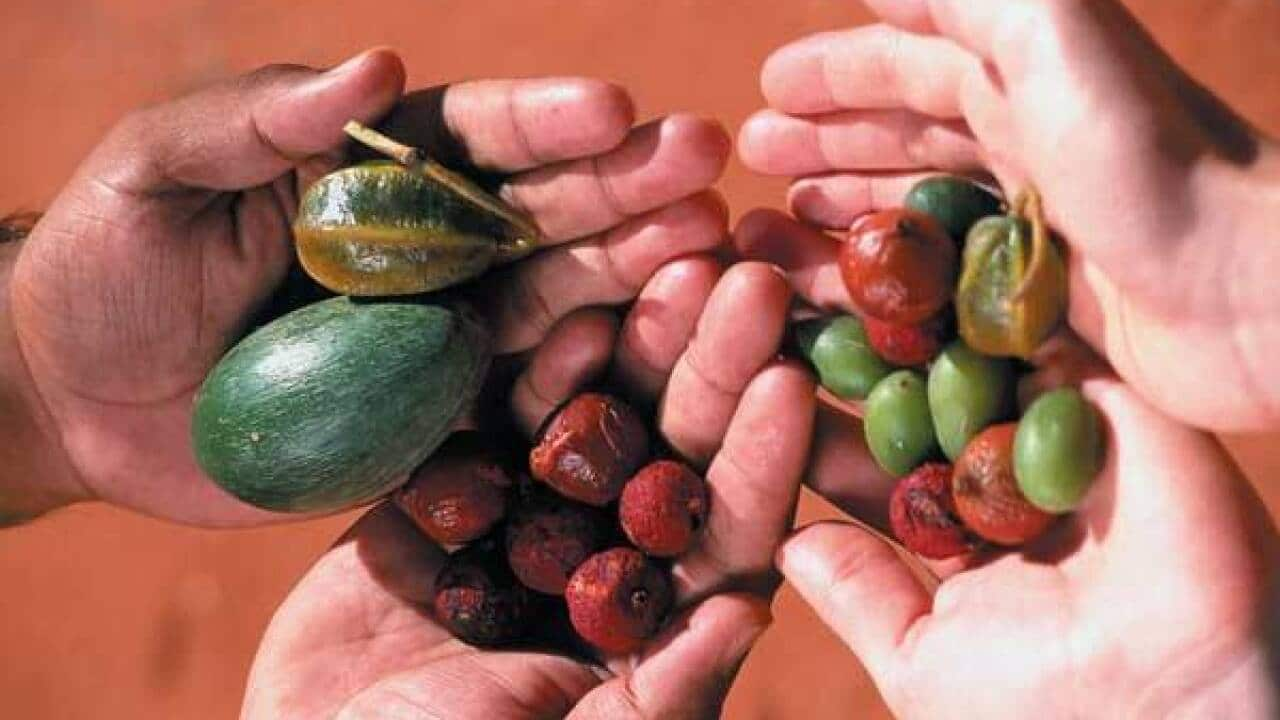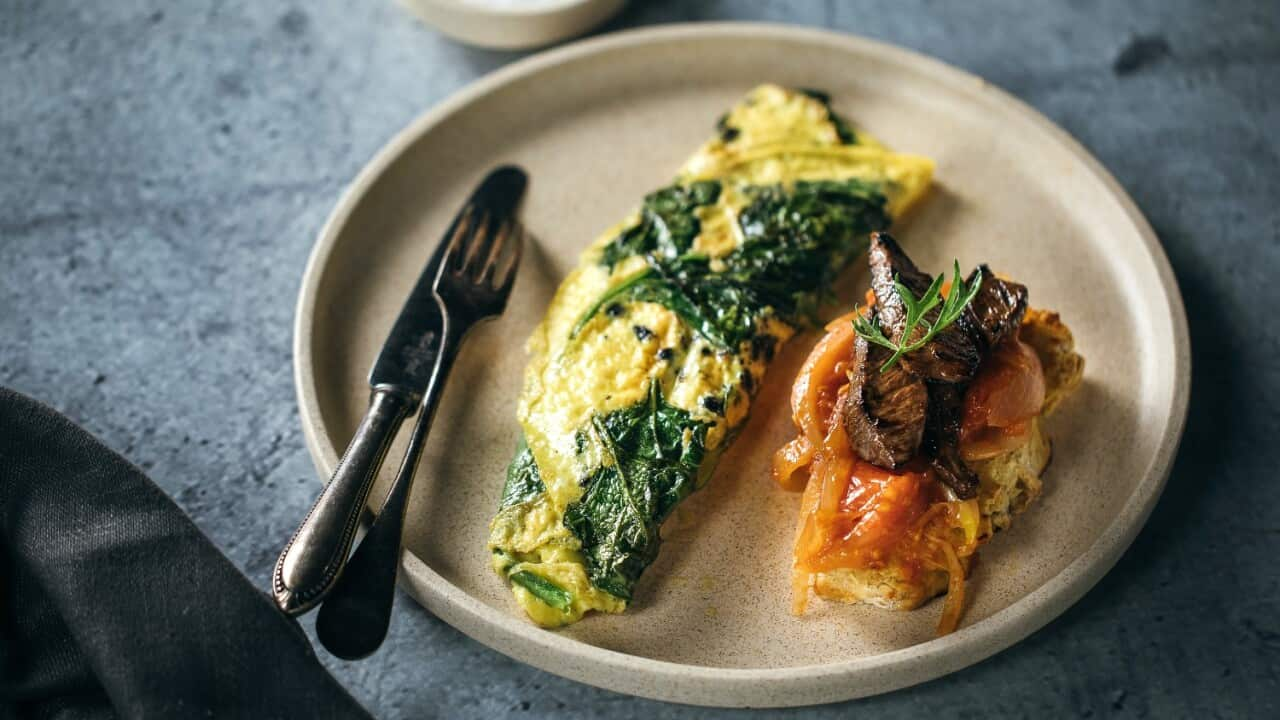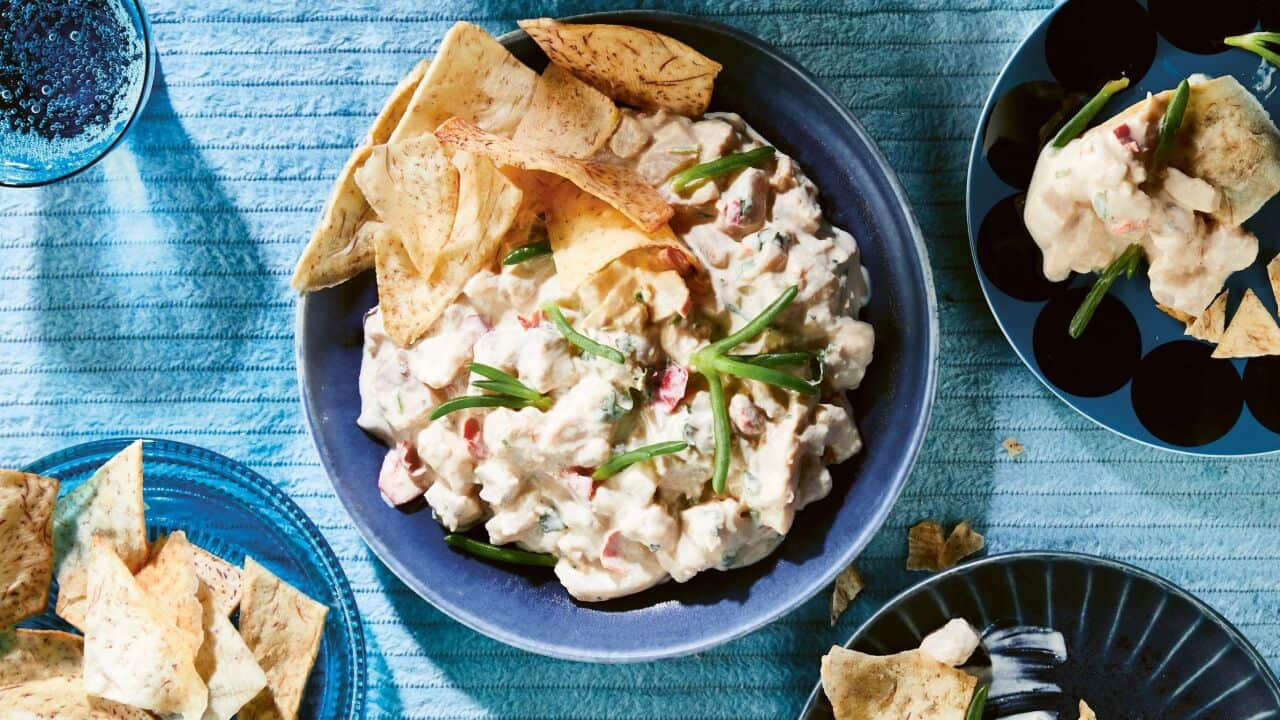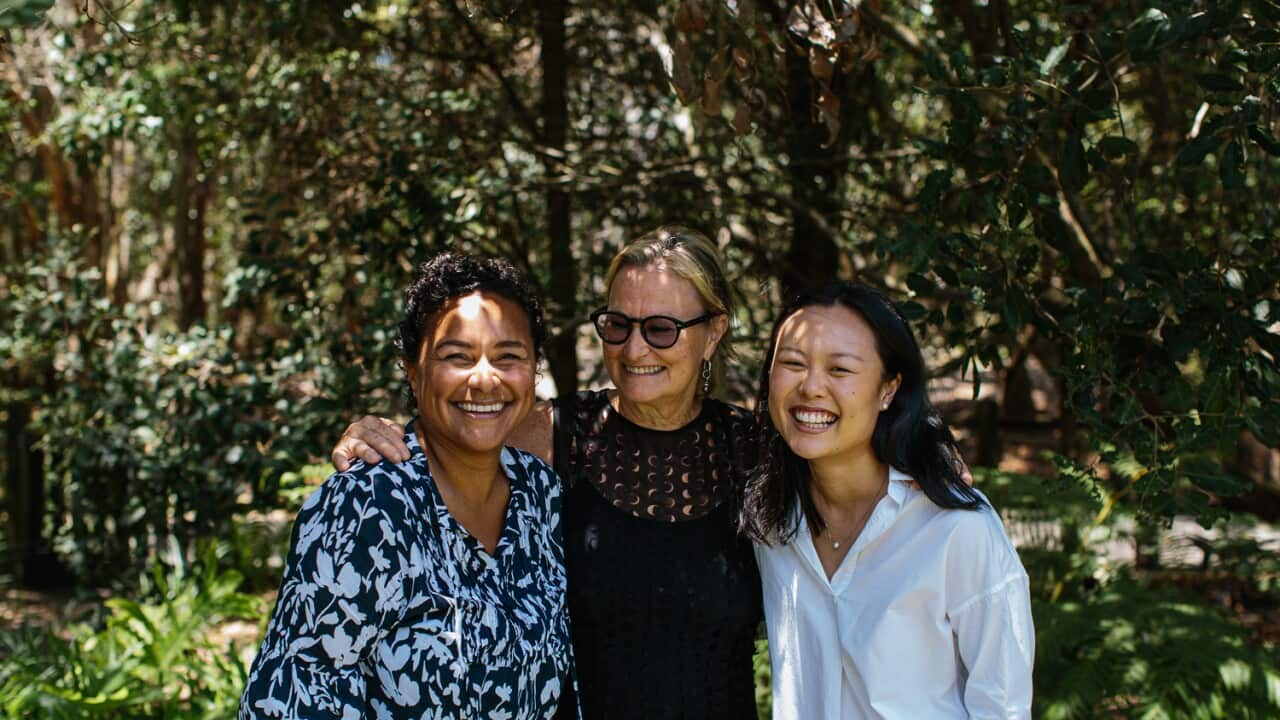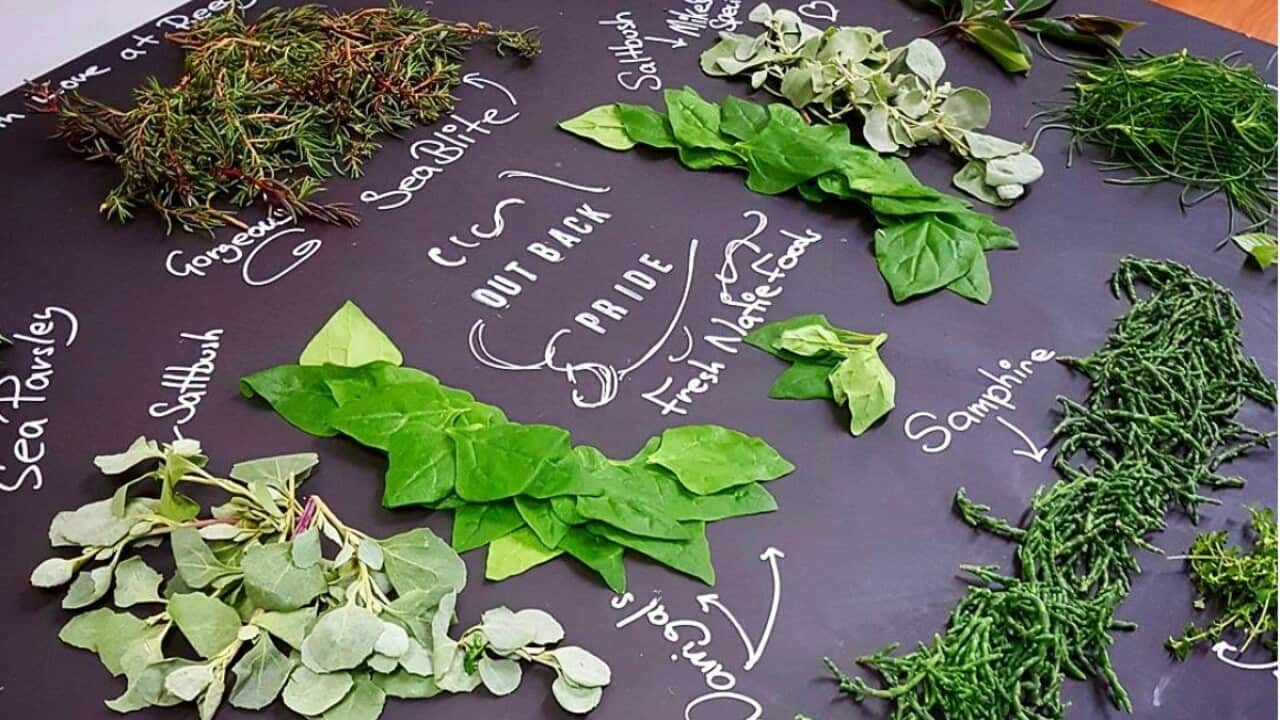You might recognise this plant creeping along beach dunes in the coastal areas of Australia. With its vibrant thick leaves and purple flowers, this succulent grows in. With maximum sun and minimal water required for it to truly thrive, it really is a low-maintenance plant. So much so, that perhaps you may not have not really noticed, let alone consumed, it before.
What is it?
That somewhat unfortunate name is apparently a reference to its looks: the pigface plants' flowers are said to resemble exactly that - a pig's face - perhaps you might need to use your imagination here. The plant produces bright pinky-hued flowers in spring and summer and the fruit is ripe when the flower is pollinated and turns a deeper red colour, which makes it a lot more obvious to spot among the leaves.
Also known as Carpobrotus (meaning edible fruits), karkalla or ice plant because of its more curvy appearance, pigface is a very versatile plant and has already been used by as a viable food source.
How do you eat it?
Every part of this plant is edible, the flowers, the leaves and even its water - it contains a lot of , and this juice takes on aloe vera-like properties as it can be used . The fleshy, juicy leaves have a slightly salty taste and because of this it makes for a great salt substitute - it works wonders in salads, and is a great accompaniment to meat, seafood or even egg dishes - perhaps your next breakfast addition?

Source: Instagram
What can I do with it?
The tough outer skin is discarded and the tangy fruit inside can be eaten raw or cooked. Squeeze the bottom of the leaves to collect the juice, seeds and fruit. The flesh tends to have a slightly gelatinous texture similar to that of kiwi fruit, strawberry or even a . It's also a great addition to a .
Quick pickle recipe
- 1 cup hot water
- 100 ml vinegar
- ⅓ cup sugar
- 1 tsp salt
- Orange or lemon peel
- 2 bay leaf
- 1 tsp black peppercorn
- 2 handfuls pigface, thinly sliced
1. Combine the hot water and vinegar with sugar and salt in a bowl. Stir until the sugar and salt have dissolved.
2. In a large jar, place your peel, bay leaf, peppercorns and pigface.
3. Pour the hot liquid over the pigface and spices and leave to sit for at least 15 mins or until cool.
4. Store in the fridge.
Where can you get it?
There are about and while many species are also native to South Africa and Europe,. The plant is available all year round, although its purple daisy-like flowers tend to flourish in the summer and autumn months, which is when . Because it is quite a low-maintenance plant, it is easy to grow your own and many nurseries around Australia can get you started.
Don't be surprised if you see it being used more and more as many restaurants here and in Europe have already incorporated it onto their menus.
More bush foods
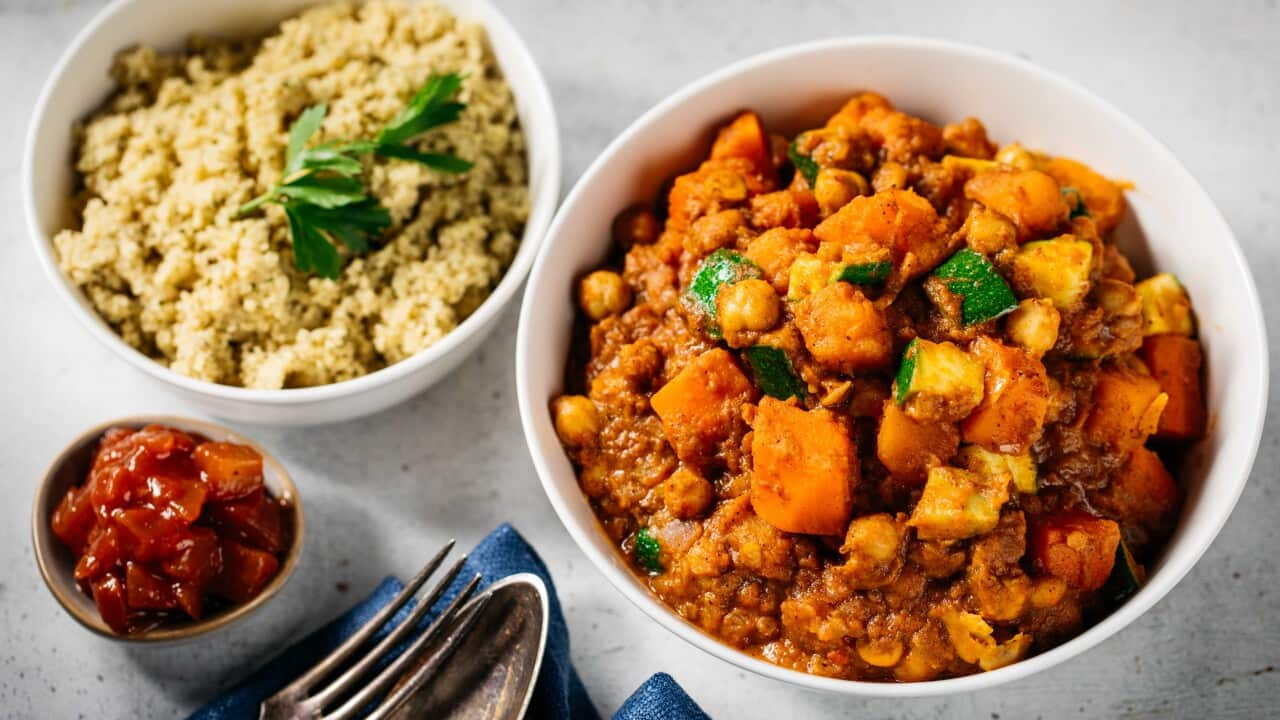
Native bush curry


